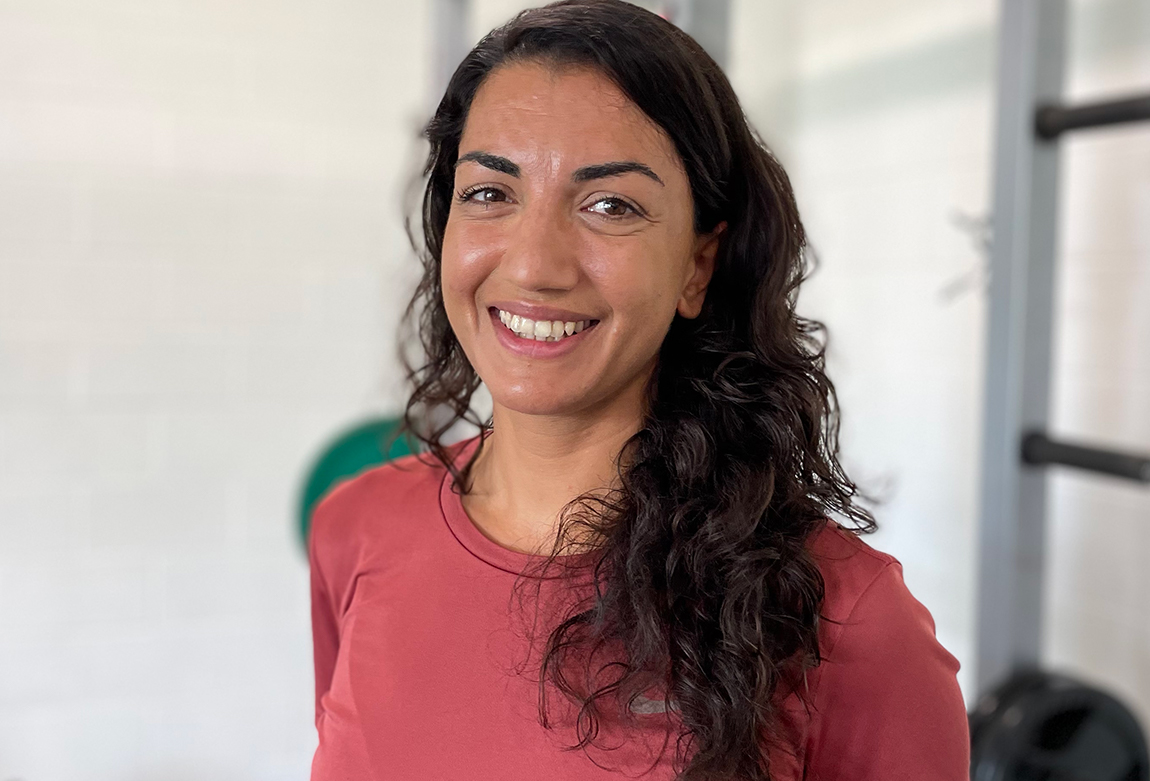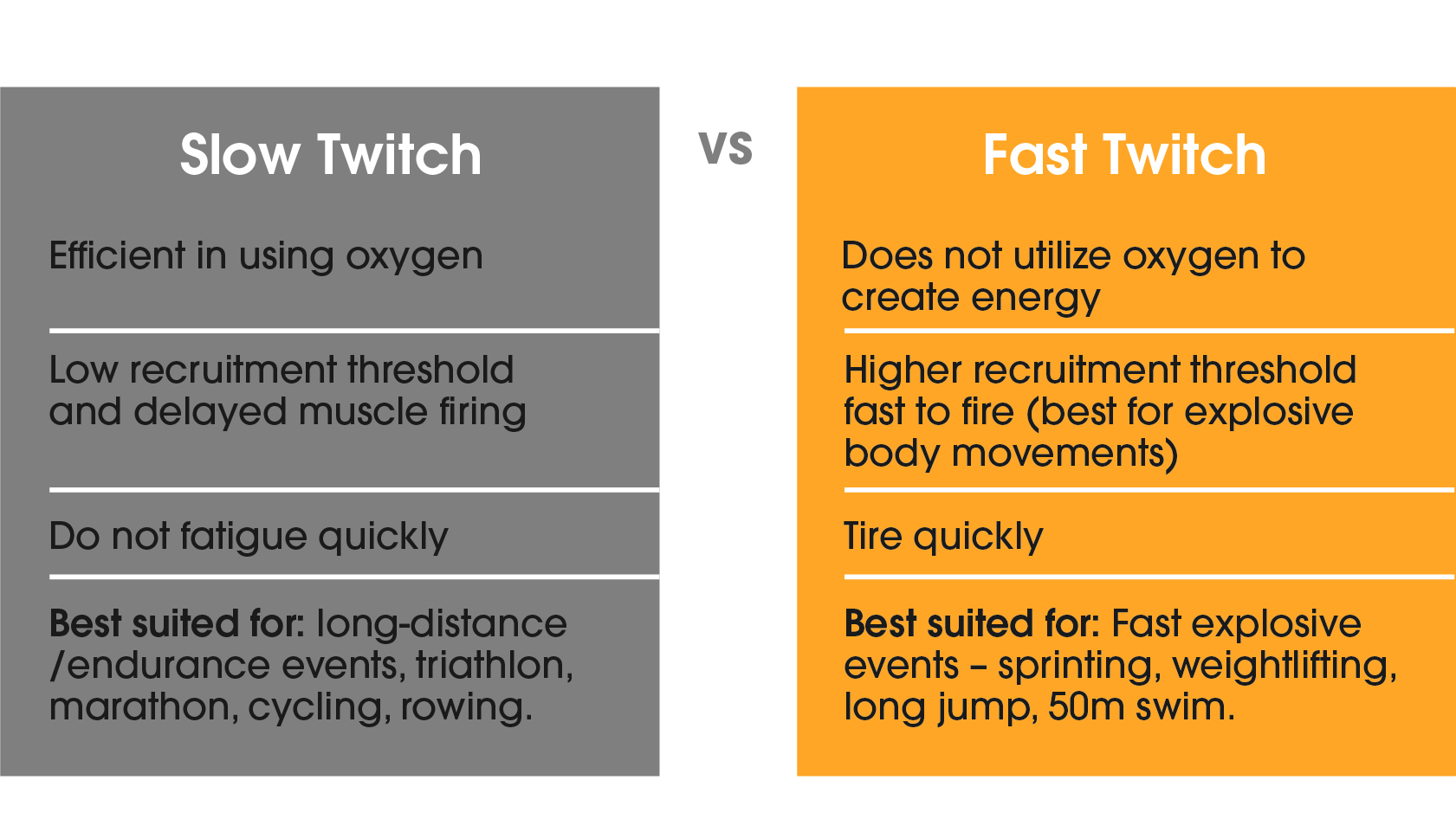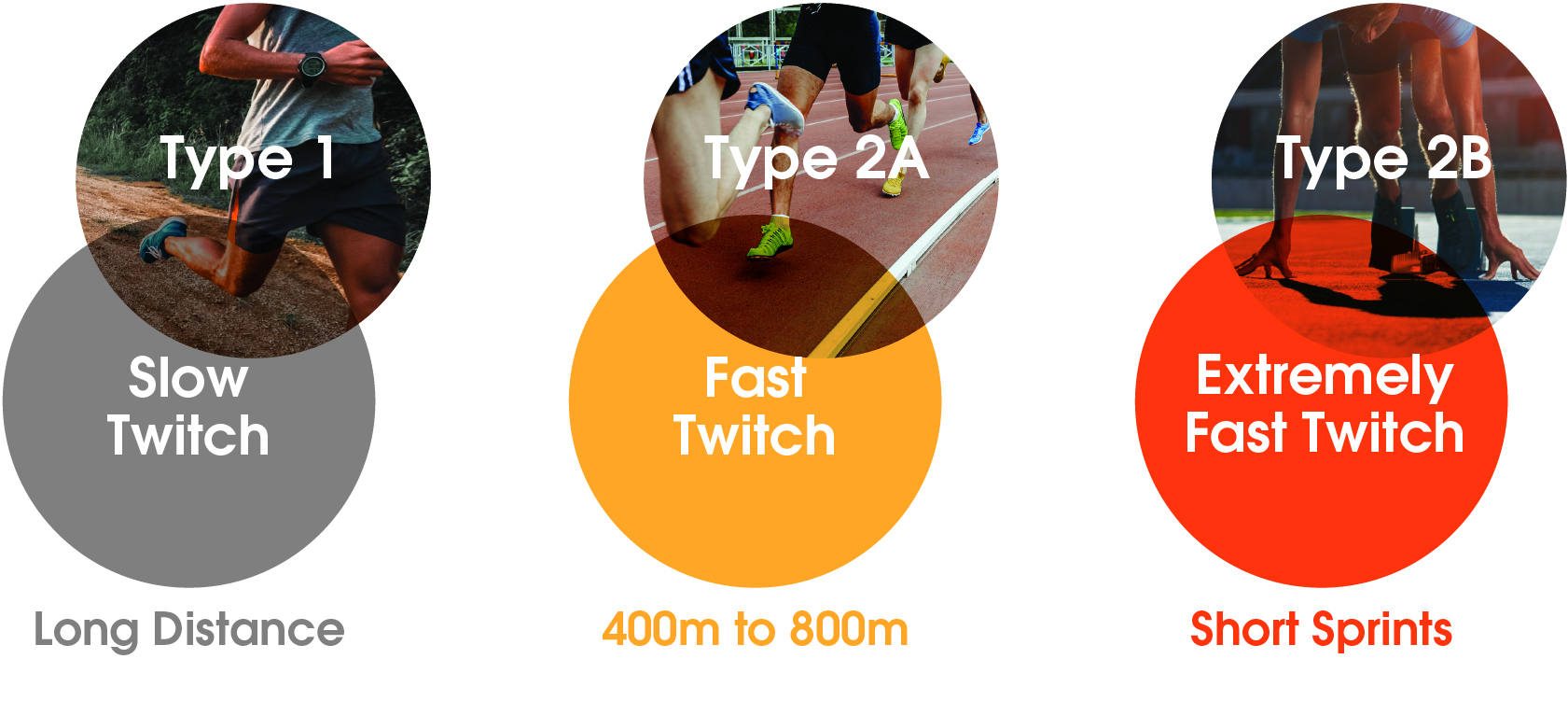Exercise Right Week is an annual health awareness campaign which takes place in the last week of May. The focus of the campaign is to encourage people to lead more active lifestyles and provide them with the necessary guidance and advice from Accredited Exercise Professionals for their unique needs, regardless of their age or health status.
If you have limited experience with physical activity or have been inactive for a while, it can be challenging knowing where to start. Working with an Accredited Exercise Physiologist can be a great starting point to gain knowledge and guidance on the most suitable exercise routine that is right for you.
An Accredited Exercise Physiologist is a healthcare professional who specialises in prescribing exercise programs for individuals based on their specific needs, goals, and health conditions. They have in-depth knowledge of how the body responds and adapts to exercise and will provide evidence-based exercise recommendations.
The most common components of physical activity include strength, endurance, flexibility, balance, and coordination. Incorporating a mix of exercises that target these components can contribute to a well-balanced physical capacity and functionality.

Staying physically active throughout life offers numerous benefits to your health, well-being, and overall quality of life. However, it doesn’t matter when you start, you can still gain substantial benefits from incorporating physical activity into your weekly routine. Here are some of the advantages:
- Preventing and managing chronic conditions: Regular exercise can help reduce the risk and manage various chronic conditions such as heart disease, Type 2 Diabetes, and osteoarthritis.
- Staying socially connected: Engaging in physical activity often involves joining groups or participating in classes, which provides opportunities for social interaction and connection with others who share similar interests.
- Maintaining independence: By maintaining strength, mobility, and overall fitness, regular exercise can help you stay independent and perform daily activities with ease.
- Improving brain function and memory: Physical activity has been linked to improved cognitive function, including better memory, attention, and overall brain health.
- Reducing the risk of falls: Exercises that focus on balance, strength, and coordination can help reduce the risk of falls, especially among older adults.

An Accredited Exercise Physiologist can help you find activities that align with your interests and goals while considering your individual capabilities and any health considerations.
The key is to find activities that you enjoy and can realistically incorporate into your daily routine. Physical activity doesn’t have to mean intense exercise and strenuous workouts. There are many ways to get a good workout. This can include activities such as bush walking, dancing, gardening, group exercise classes, Yoga, Tai-Chi, or playing a social sport.
Remember, you are more likely to undertake physical activity if it is something that you enjoy and are motivated to do. Motivation can fluctuate, so it’s important to be realistic and find strategies that work best for you.
Here are 5 ways to stay motivated for exercise and physical activity:

Change your perspective: Instead of viewing exercise as a chore, reframe it as an opportunity for self-care, improvement, and personal growth. Focus on the positive benefits it brings to your physical and mental well-being.

Set a goal: Having a specific and achievable goal can provide a sense of direction and purpose. Whether it’s running/walking a certain distance, attending an exercise class each week, or participating in a fitness event, setting targets can keep you motivated and give you something to work towards.

Schedule a regular workout time: Treat exercise like any other important appointment by scheduling it into your daily or weekly routine. Making it a priority and committing to a specific time slot helps establish consistency and makes it easier to stick to your exercise regimen.

Think fun and variety: Explore different types of physical activities to find what you enjoy the most. Engaging in activities you find fun and interesting can make exercise feel less like a chore. This will increase your motivation and make it more likely for you to stick with them in the long run. It could be anything from walking, swimming, dancing, cycling, or joining a sports team.

Reach out to others for support: Seek support from friends, family, health professionals, or like-minded individuals who share similar fitness goals. Joining a fitness group or finding an exercise buddy can provide accountability, encouragement, and a sense of community, making it easier to stay motivated and committed to your exercise routine.
For more information our Exercise Physiologist Aaron Pateman can provide a tailored exercise program to suit your needs and lifestyle. Aaron will support and guide you on how to safely implement these exercises into your week. Contact Fluid Physio + Gym for more information on 6646 3766.
Or to book online, simply click here. We are confident we can help you.















